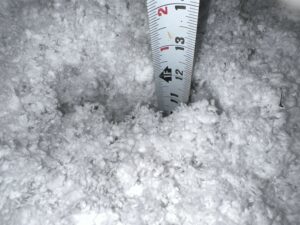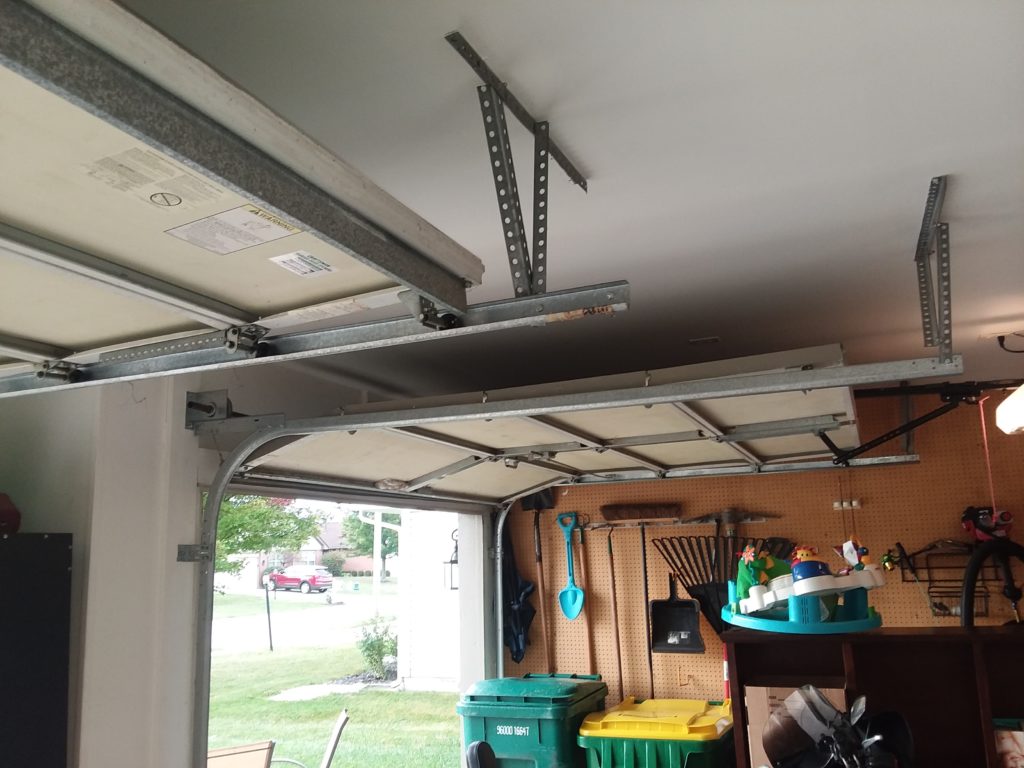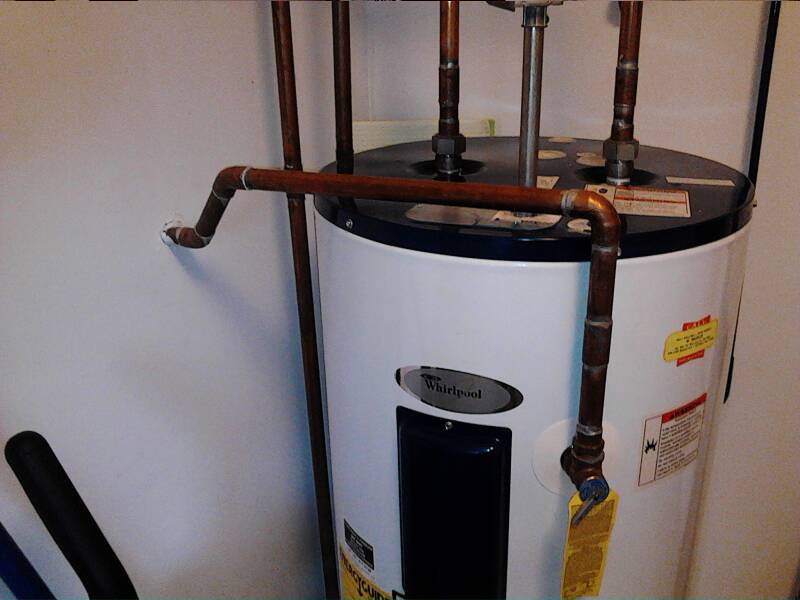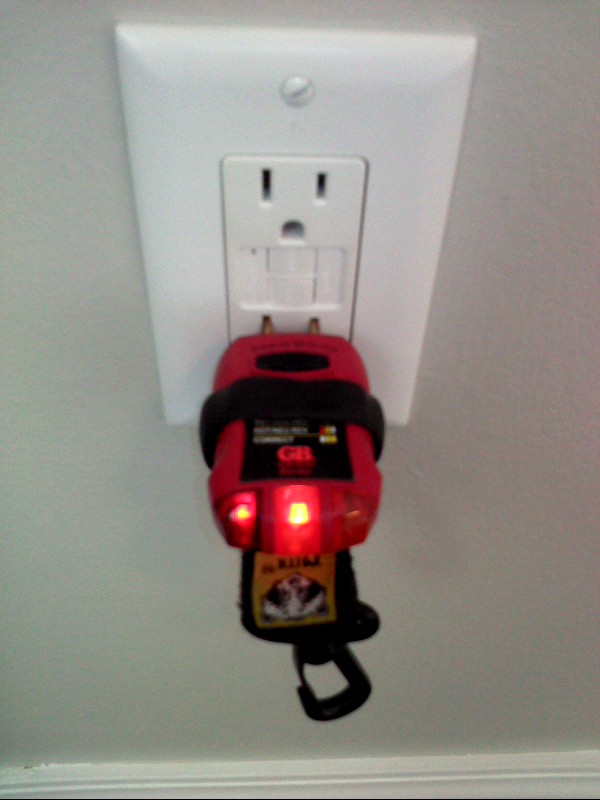 It never ceases to surprise our inspectors when performing a final inspection on new construction, that there is less insulation in the attic than the buyers contract stipulated. Most of the new builds this year are getting between sixteen and twenty one inches of fiberglass in the attic.
It never ceases to surprise our inspectors when performing a final inspection on new construction, that there is less insulation in the attic than the buyers contract stipulated. Most of the new builds this year are getting between sixteen and twenty one inches of fiberglass in the attic.Before it is “blown in” the installer staples depth gauges in multiple locations around the attic to make sure the blown depth is consistent. After the insulation is installed there is an independent third party contractor who performs a blower door test and evaluation of the insulation to determine the efficiency of the home. They give the house a rating and issue a legal document that is then (generally) attached to the door of the electric panel where the building inspector can read it and pass that area of the build.
Then we do our inspection and find that there is less insulation in the attic than the stated depth! Sometimes the depth gauges are blatantly showing that the contractor installed less than required, other times the depth gauges are stapled lower down so it appears there is more insulation than there really is. A lack of insulation runs up the cost of heating and cooling a home as well as affecting the overall comfort.
The air conditioner and the furnace are sized to the house with the knowledge that there will be X or Y depth of insulation.
When inspecting we are always looking for those obvious defects, but it’s the “unknown” the “deceptive” those “think out of the box items” that we find, that make us good at our jobs.








Leave a Reply